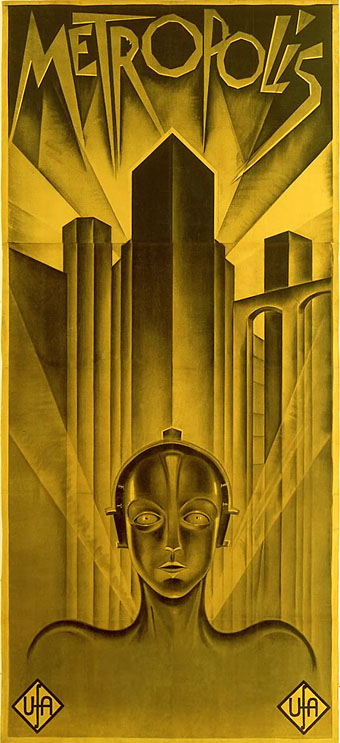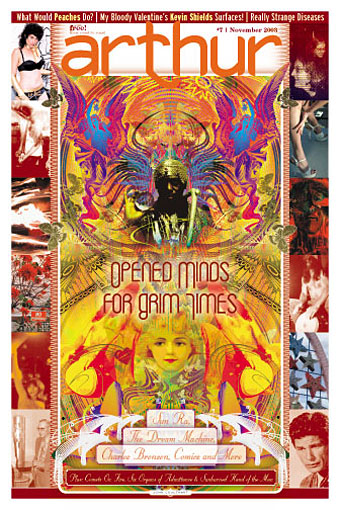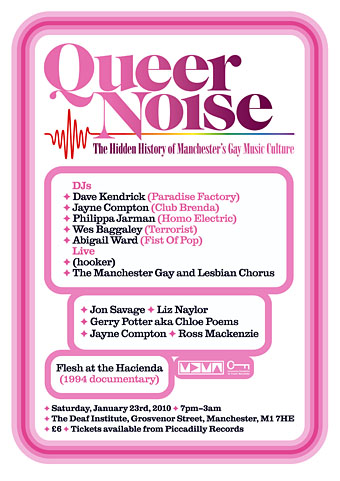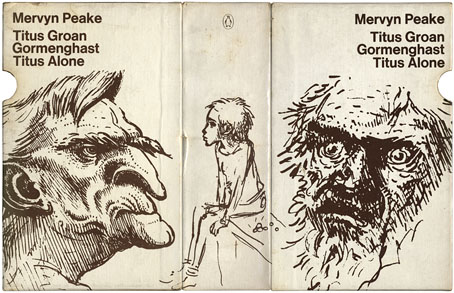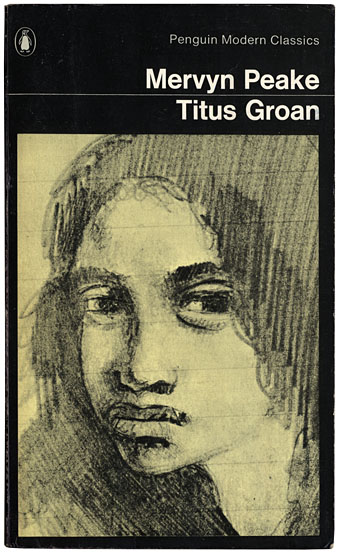• Watch the trailer for the newly-restored version of Fritz Lang’s masterwork, Metropolis.
• My cover design for Jeff VanderMeer’s Finch was voted best cover in the 2010 Spinetingler Awards.
• Figment announces the 2nd Annual Figment Album Cover Design Contest. The judge this time round is William Schaff.
• Two interviews at The Quietus: Jon Brooks of The Advisory Circle and Richard H Kirk of Cabaret Voltaire.
• “Merely a Man of Letters.” Jorge Luis Borges interviewed in 1977.
• Another Engelbrecht: The Miniature Theatres of Martin Engelbrecht.
• The Unearthing Box Set by Alan Moore & Mitch Jenkins.
• The gays: RIP Felix Lance Falkon, author of the landmark study, A Historic Collection of Gay Art (1972). The Independent is the latest newspaper to look at sexuality in the animal kingdom.
• Publisher to Release Philip K Dick’s Insights Into Secrets of the Universe.
• Roger Ebert shows the world a draft of his unfilmed Sex Pistols screenplay, Who Killed Bambi? Jon Savage comments.
• Further Flickr sets: History of the Book/Typography and Dutch Graphic Design. Related: more Dutch graphic design at the NAGO.
• Far Red: Video by u-matic & telematique, music by Monolake.
• Has steampunk jumped Captain Nemo’s clockwork shark yet?
• An edge over which it is impossible to look.
• Songs of the week: See Emily Play by Pink Floyd and Metropolis by Kraftwerk.

